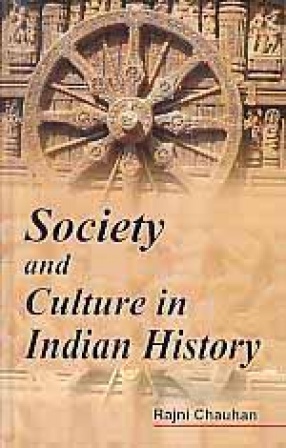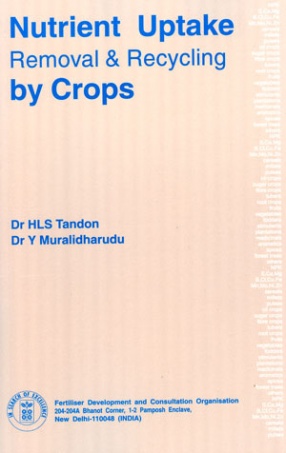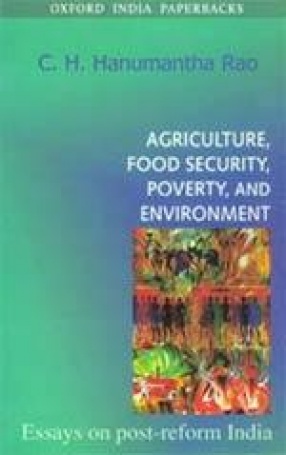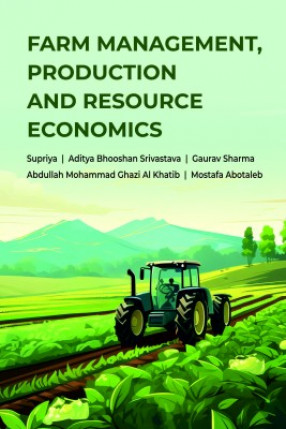Shisham and Kikar Mortality in India
Synopsis
Two species, shisham and kikar are virtually indispensable owing to their importance for various purposes and their acceptance for plantation on a wider scale, both under social forestry/agroforestry and national afforestation programmes. Where, shisham (Dalbergia sissoo) is distributed primarily in the foothills of Himalayas, kikar (Acacia nilotica) has wider distribution covering large tracts of sub-tropical and tropical parts of the country. Both of these species are part of the natural landscape of the country. Both the species are considered as quite hardy in nature especially to withstand droughts and therefore classified among xerophytes. They are found to grow on a variety of soils under different fertility regimes, surviving on inhospitable sites also. However, even in spite of these attributes, a serious die back problem has been noted in these species, covering almost all the age groups and under almost all the situations where they are found growing. This includes forest areas, farmer fields, road-side/canal side plantations, dry areas, wet soils, etc. This has virtually challenged the very survival of these species, as at some locations the mortality recorded is as high as 80 per cent. Although a number of factors were found responsible for the mortality of shisham and kikar including environmental stress, poor drainage, fungal and pest infections, etc., yet no single factor could be ascertained as the main triggering factor for this malady. In this document, efforts have been made to review the causes of the problem and ongoing efforts on its remedial measures.
Read more
45.00
40.5
$
50.00 $
Free delivery Wolrdwidе in 10-18 days
Ships in 2-4 days from New Delhi
Membership for 1 Year $35.00
Get it now and save 10%
Get it now and save 10%
BECOME A MEMBER
Books by the same authors










Bibliographic information
Rajni Chauhan
H.N. Khajuria
S.K. Chauhan